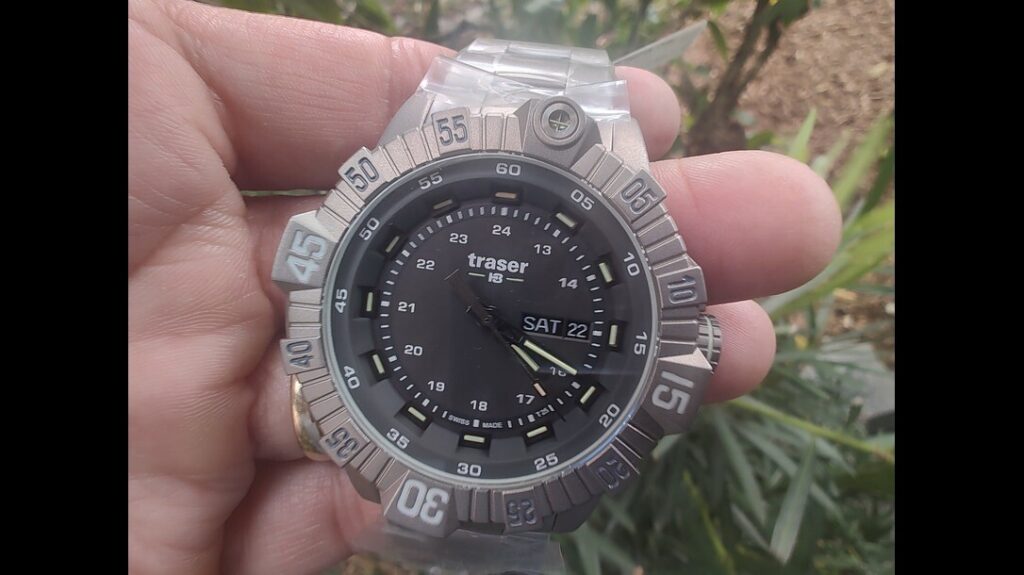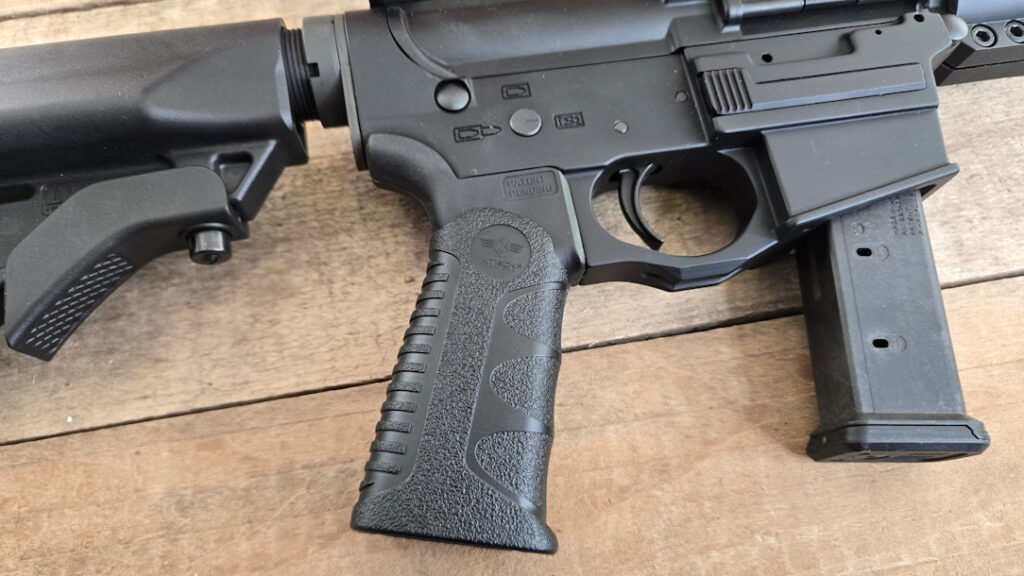Whenever I review a red dot, I talk about its refresh rate. Refresh rate is critical to a red dot’s performance. When I mention flicker or blink with a low refresh rate optic, I see people claim their red dot doesn’t do that, and I’m wrong. I’m wrong about a lot of things, but I think the misconception comes from a misunderstanding of what refresh rate is and how it affects shooting.
What is Red Dot Refresh Rate?
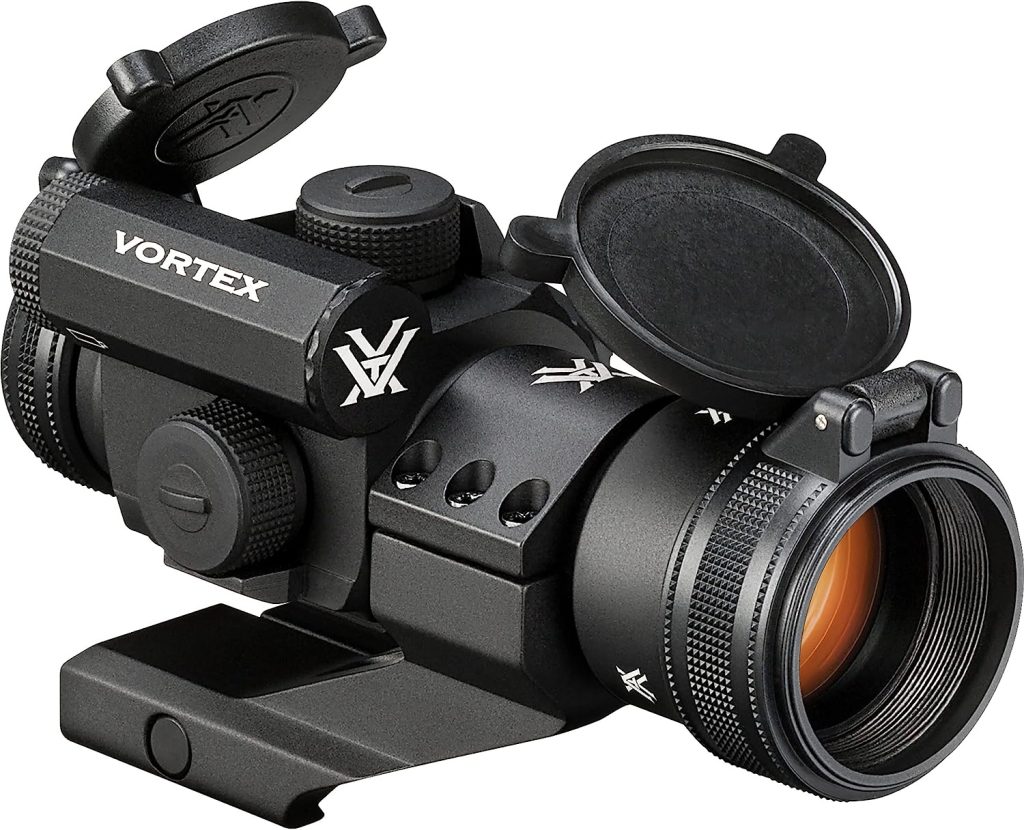
Today, we are going to try and clear that misconception up. A high refresh rate is important enough that it might be one of the more critical features of a red dot sight. A red dot uses an emitter that shines an LED light against an optic’s lens. The lens has a coating that allows the LED to reflect against it and form your reticle.
Advertisement — Continue Reading Below
That bluish tint is the coating used to reflect the dot. To help preserve battery life, the LED isn’t always on. It’s rapidly turning itself on and off so fast you can’t perceive it, well, most of the time you can’t perceive it. The higher the refresh rate, the faster the LED is coming on and off, and a higher refresh rate is ultimately more desirable.
Refresh Rate and Red Dot Performance
I can’t think of any modern red dots, even cheap ones, with a refresh rate so low that you can see it flicker with the naked eye when holding the weapon and optic stationary. An easy way to observe a low refresh rate is to use the camera on your phone. The rolling shutter design used in smartphones can capture the flicker.
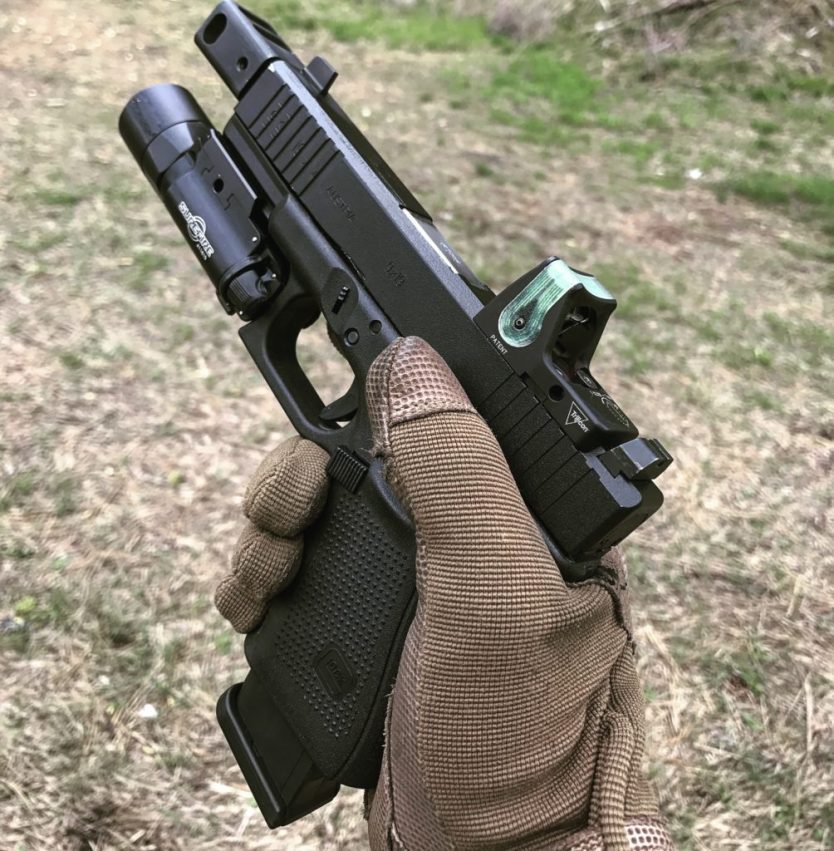
Advertisement — Continue Reading Below
Hold the camera up to the optic and move the optic a bit. You’ll be able to see it flicker. Even dots with a high refresh rate will flicker a little under a camera, but it won’t be as apparent as an optic with a low refresh rate.
If your naked eye can’t see the difference, then what’s the big deal? Well, you can see the difference primarily when shooting fast and when moving the gun from target to target, or just moving the gun quickly. The shooter’s eye can see the dot flicker or lag when moved, which can slow a shooter down since they can’t maintain a great sight picture.
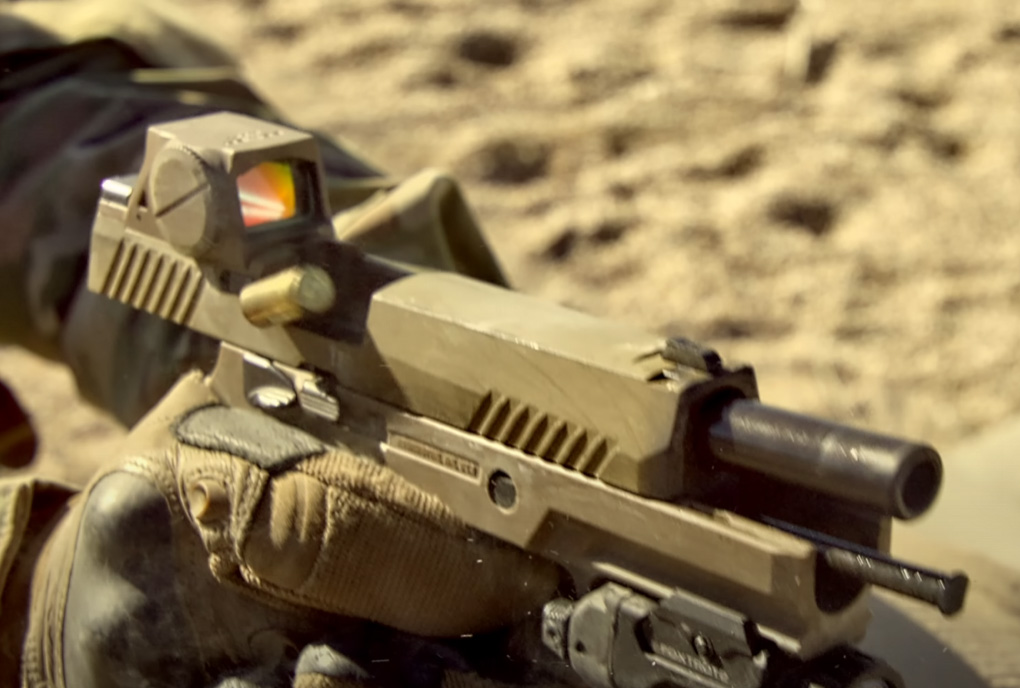
Advertisement — Continue Reading Below
A high refresh rate dot will blur, but will be easy to track and see during fast movements. A low refresh rate is most apparent on handguns. The slide reciprocates rapidly, which can cause the dot to flicker and stall. If you’re tracking the dot so you can make multiple hits, then the refresh rate becomes critical.
When it comes to defensive shooting or competition shooting, being able to track that dot absolutely matters for shooting fast and accurately.
Under Night Vision
I’ll admit I don’t care about night vision. It’s neat, but the happiness it brings just isn’t worth the price tag to me. I’m taking this information from folks who shoot a lot under night vision and all say the same thing. Refresh rate matters a lot under night vision.
Advertisement — Continue Reading Below
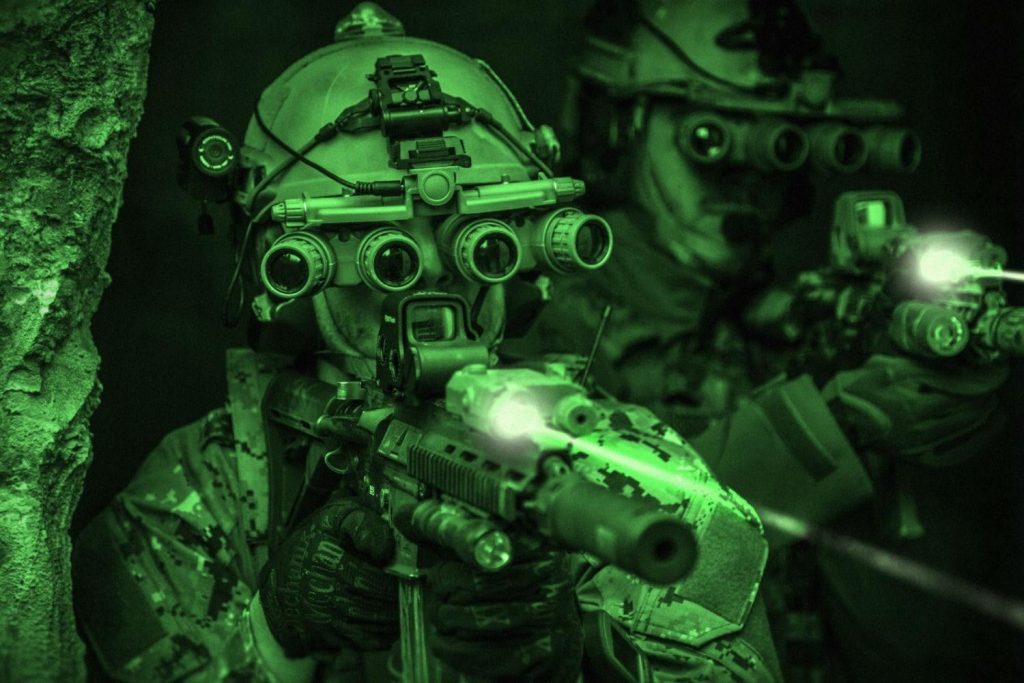
When viewing a low refresh rate under night vision, you’ll be able to see the flicker and blink, even more so when moving. Remember, we want that refresh rate to be high for fast shooting.
Astigmatism and Refresh Rate
Using red dots is always a pain if you have astigmatism. Astigmatism varies a lot depending on the individual. Some can use the optic with relative ease, and others cannot. A high refresh rate can’t fix the astigmatism issue. A low refresh rate can exacerbate an astigmatism issue. A low refresh rate can make a red dot seem even worse for a shooter with astigmatism.
Advertisement — Continue Reading Below
Go High
A high refresh rate is just better. Quality optics have high refresh rates. Heck, even cheap brands like Cylee tend to have decent refresh rates. These days optics are getting better, but every so often a company will plop out an optic with a low refresh rate, and it will be a real pain to deal with.

